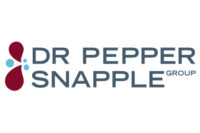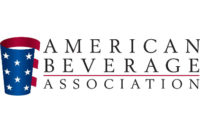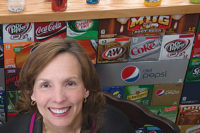ABA addresses obesity crisis through Balance Calories Initiative
Association expands test and learn markets to parts of Mississippi and Alabama
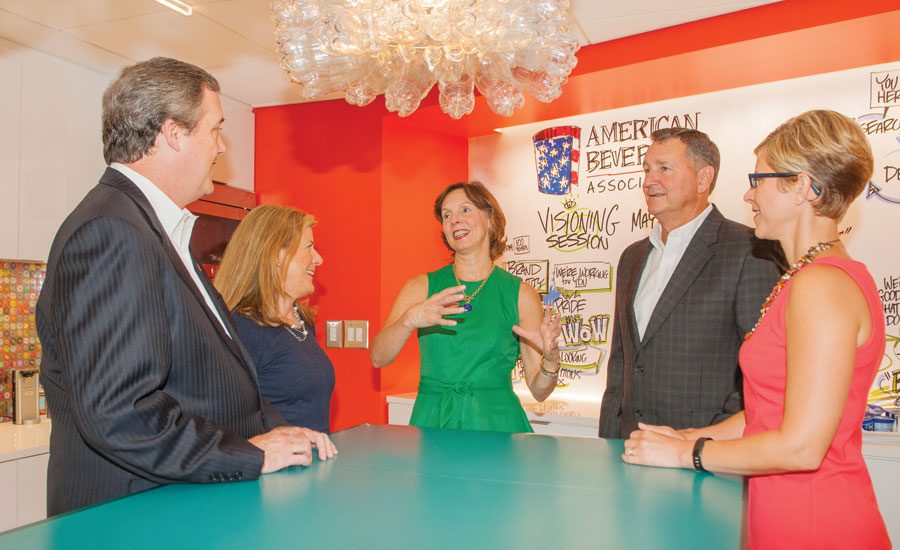
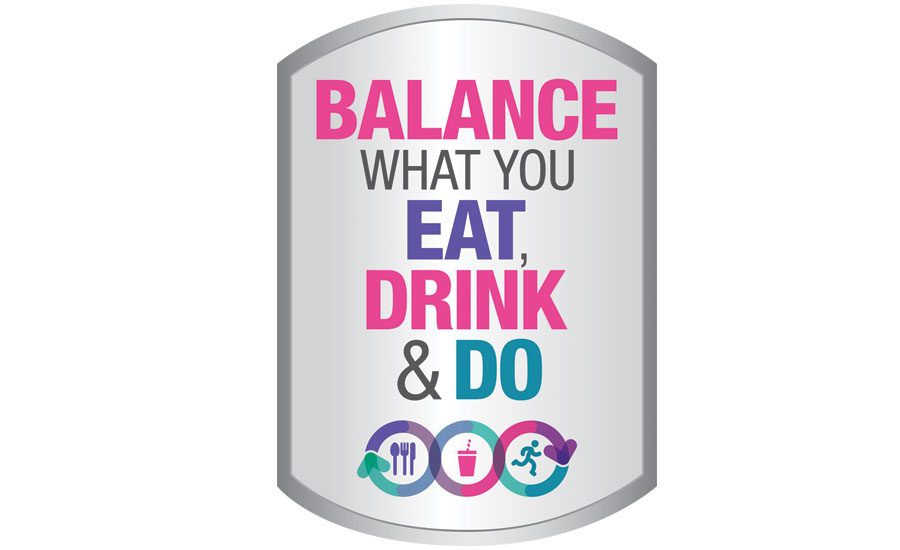
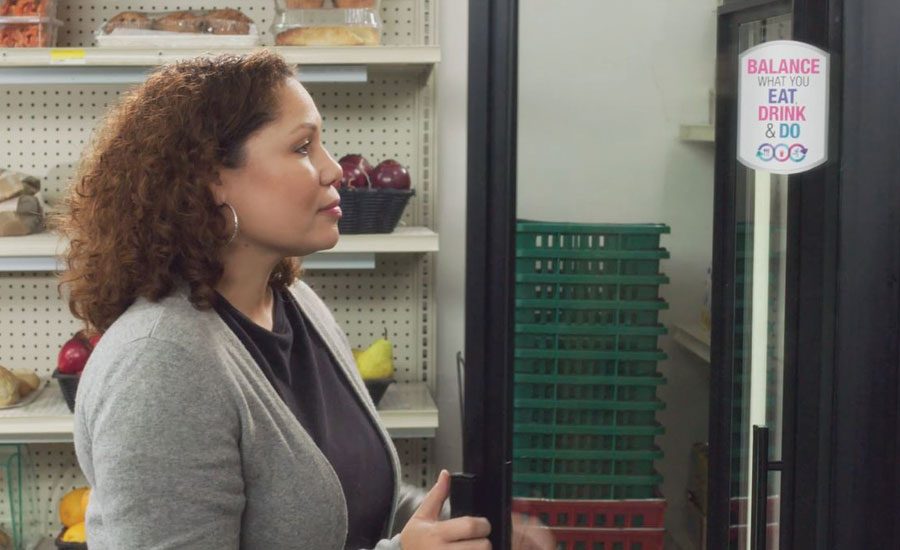
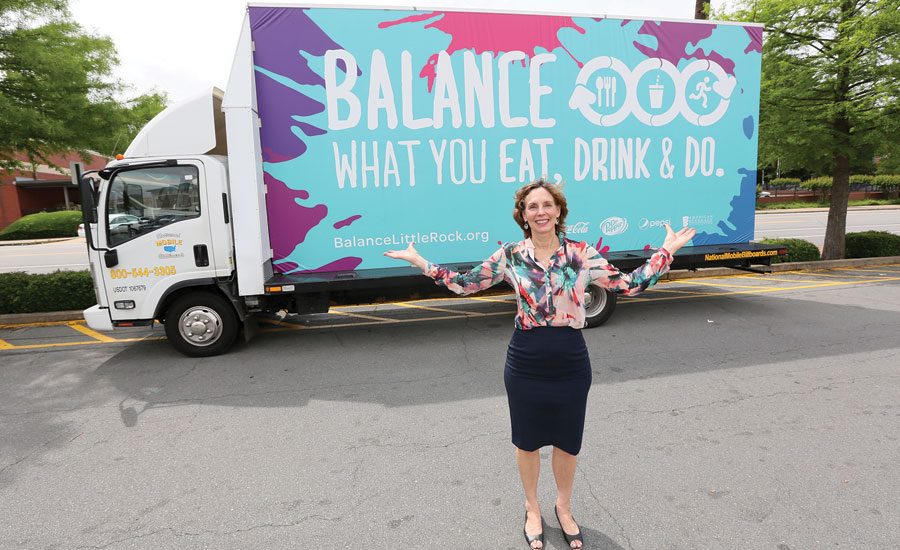




American gymnasts Laurie Hernandez and Simone Biles might have made the balance beam look easy when they won their silver and bronze medals, respectively, at the 2016 Rio Olympics. However, achieving balance in eating, drinking and activity habits might not be as easy for consumers. Recognizing this challenge as well as the obesity crisis that is impacting the United States, the Washington, D.C.-based American Beverage Association (ABA) is making a concerted effort to make balance more achievable for consumers.
Throughout the years, the ABA has been involved in many efforts to help balance beverage calorie consumption, including the School Beverage Guidelines, the Clear on Calories Initiative, the Drink Up! campaign and Calories Count. These guidelines and initiatives have included front-of-pack labeling for beverage products, the voluntary removal of all full-calorie products from the schools channel and promoting bottled water consumption.
“We think all of these endeavors have been very effective for the industry in terms of establishing our leadership — that we don’t just sell great products, but really lead on societal solutions and [they] are one of the many ways that we support our community,” says ABA Chief Executive Officer Susan Neely. “We sell great products, we provide great jobs and we have a long history of supporting our communities, but we also lead on these big solutions. I think all of the things we’ve done have been an important part of our leadership and they really add up over time.”
These endeavors also provided the association with the building blocks to its most recent challenge: the Balance Calories Initiative, which seeks to reduce the beverage calories consumed per person nationally by 20 percent by 2025.
“Each of these initiatives has been a stepping stone to Balance Calories, and School Beverage Guidelines was the first opportunity to make a difference in an important space,” Neely explains. “One of the reasons we embraced that initiative, [which] was arguably a little controversial [because] we were changing the beverage mix in the school market, but one of the reasons that we did this was that we listened to mom and really to dad, too. Parents who had children in kindergarten through 12th grade really guided the formation of the School Beverage Guidelines.”
The School Beverage Guidelines also allowed the ABA to deepen its relationship with the Alliance for a Healthier Generation. The public health partner also is supporting the association with the Balance Calories Initiative.
Laying the ground work
Approximately a year and half since the announcement of the Balance Calories Initiative, the ABA, Alliance for a Healthier Generation, as well as The Coca-Cola Co., Dr Pepper Snapple Group (DPS) and PepsiCo Inc. have been laying the foundation for this initiative.
On a national basis, the foundational work included the launch of its Mixify campaign, which encouraged teens and parents to balance calories through beverage choices and daily activities; providing calories counts and promoting awareness on point-of-sale equipment; and leveraging in-store and out-of-store marketing materials, including its badges that advise consumers to Balance What You Eat, Drink and Do.
“The balance message is pointed out at the point-of-sale with the stickers that we put on the coolers and on vending machines and ultimately will have on fountains to remind people to balance what you eat, drink and do,” Neely says. “Then you go and make your product selection and you have the calorie label right there on the package or on the can or bottle.”
Also key to initial work was establishing a national calorie benchmark. Earlier this year, the baseline report from Washington, D.C.-based Keybridge established that the national average of daily calories consumed from liquid refreshment beverages by a person was 198.2 calories in 2014. To achieve the ABA’s goal, that number will need to shrink to 158.5 by 2025.
The initiative’s first progress report is due to be released soon. “It will show the innovations in products, the marketing and distribution tools developed and implemented in the marketplace in 2015 to nudge consumer behavior toward the goal,” Neely says. “The first year was devoted to implementing and getting the foundational strategies in place, things like the calorie awareness badges we’re putting on refrigerators and coolers and the companies themselves determining their strategies, how their communicating this internally at their companies, what their individual strategies will be.”
Making real changes
However, another key component to the Balance Calories Initiative are local community initiatives also known as test and learn markets.
“Certainly, we put a lot of attention on our test and learn markets because, ultimately, once we crack the code there on how each company can effectively change behavior to get more interest in the lower calories, smaller portion choices then it can be replicated more quickly,” Neely explains.
In the test and learn markets, local efforts are being made to promote water consumption, low- and no-calorie beverages, smaller-portion options as well as merchandising and product trial efforts to increase interest and awareness of these beverage options.
The initial test and learn markets included various parts of Los Angeles, New York City and Little Rock, Ark. The ABA also is in the initial roll out stages of these test and learn market efforts in communities in the Mississippi Delta and the greater Montgomery, Ala., area.
Neely explains that these five markets were selected for the test and learn portion of the initiative because of their higher obesity rates and to “try and make real changes in consumer behavior.” Part of this change will include determining the baseline daily beverage calorie consumption for these respective markets.
Although the ABA and its partners are offering support and encouragement through balance messaging and other support materials, Neely notes that The Coca-Cola Co., Dr Pepper Snapple Group, PepsiCo and their respective bottling networks are the ones fueling these changes.
“What I think makes this unique is that you’ve got three competitors who are each going to have their own proprietary strategies in the markets,” she says. “What we’ve done is together is set a goal.”
Among the ways that the bottling networks are integrating these changes is through shelve resets. For example, incorporating more lower-calorie choices at eye level; product trial promotions, like samplings; and prominent displays at the end of aisles and coolers that contain lower-calorie options, Neely explains.
She adds that the test and learn markets focus on specific zip codes that have high obesity rates versus the entire city. “Not all of Little Rock has health issues; it’s just certain zip codes, so we’re not cheating to try and do all of Little Rock and take credit for people in the zip codes where there’s high consumption of diet soft drinks and flavored waters already,” Neely says. “We’re going into the parts of Little Rock where there is a high obesity rate and trying to change behaviors, so people get more interested in some of these ways that they can balance their calories.”
This is in contrast to efforts by critics of the beverage market, who are promoting soft drink taxes in healthier areas like Boulder, Colo., and parts of the Bay Area in California in the name of public health, Neely explains.
“Unfortunately, we’ve got some critics who are embracing antiquated ways of advancing their agendas, like discriminatory taxes and regulations, and I think things [like] discriminatory taxes or bans on products have not been proven to work to address public health goals,” she says. “It’s just particularly curious right now that you’ve got critics operating in places like Boulder in Colorado and the Bay Area in California, which are some of the healthiest places in America.”
Although Neely recognizes the challenge these discriminatory taxes place on the beverage market, she highlights that the test and learn markets will help to address public health concerns about obesity.
“We’re going into some of the most difficult markets in the country, places that have very high obesity rates and trying to change behavior,” she says. “Now that takes some courage, let’s face it because we’re engaging consumers, we’re engaging our customers very directly, we’re doing it with the benefit of community partners and trying to figure out how to convince people to try some of these new innovations and options we have. That’s what I think makes this such a dynamic time for the beverage industry, just all the innovation and product choices and the new packaging choices.
“We need all consumers to take advantage of those and the way to live a healthy lifestyle, manage their weight and that’s what we’ve signed up to do,” she continues. “Going to some of the hard places that have high obesity rates … and trying to get people excited about trying to take advantage of different choices that we can give them to balance their calories.”
Empowering mom
Dating back to the School Beverage Guidelines, the motivation for embarking on this effort to reduce daily beverage calorie intake was fueled by none other than mom.
“We heard clearly from moms that they thought companies needed to be leading,” Neely says. “Moms say, ‘clearly you are not the leading cause of obesity, your products are not.’ Soft drinks in moderation as treats are very, very appropriate for their families they feel and also necessary — you know everybody needs treats and things that are fun to drink and enjoy.”
“That’s what we heard from mom, but she also said, ‘we do expect you to be doing something to address obesity and help support families and support me, support mom, support my efforts in helping my family to have a balanced lifestyle.’ So that’s what led us to [the] Balance Calorie Initiative,” she continues.
Neely notes that the importance of mom in the Balance Calories Initiative stems from the leadership role she traditionally takes in selecting foods and beverages. “[S]he’s the gatekeeper for family decision making, not just the children but her husband, maybe her elderly parents, so mom is kind of the center, she’s ‘command control’ for the family,” she says. “It’s really guiding the decisions, and I can say as a mom, we’ve done focus groups with teens who say they will acknowledge that their mom really sets the pace for what they eat and drink as well.”
Acknowledging the significance of mom, Neely adds that messaging for the Balance Calories Initiative will communicate to mom in an effort to empower her going into 2017.
“We are going to be talking to moms much more directly in 2017 in a much more expanded way about all the things that we’re doing with Balance Calories to support her efforts to support her family to have a healthy lifestyle,” Neely says.
To accomplish this goal, the ABA will be collaborating with several partners, including the National Council of La Raza and Share Our Strength and its Home Cooking Matter program in addition to many local associations.
“[I]t’s really supporting mom and supporting consumers in the home to understand how to navigate the beverage aisle and understand how to pick the choices that are right for them and make sure that they’re serving their family a balanced meal including beverages, so there’s a lot that’s happening from the ABA standpoint in terms of what’s next,” Neely says. “A lot of it centers on engaging mom and supporting her because that’s just where we’re going to have the biggest impact.”
The ABA already has seen the positive feedback from mom. As will be detailed in its initial progress report, 88 percent of moms surveyed indicated a positive response to the ABA’s Mixify campaign, Neely notes. “[T]hey liked it and thought it was a very constructive message to communicate to their teen,” she notes.
But whether its mom or any other decision-makers, Neely adds that education and awareness are key to reaching the Balance Calories Initiative goal.
“I think education and awareness is at the core of the initiative,” she says. “People need to be thinking about balance and they need to be thinking about the ways they can achieve that balance and we’re giving them the different support. They need to know about the different support that we’re providing to help them reduce their calories and sugar intake.” BI
Looking for a reprint of this article?
From high-res PDFs to custom plaques, order your copy today!




